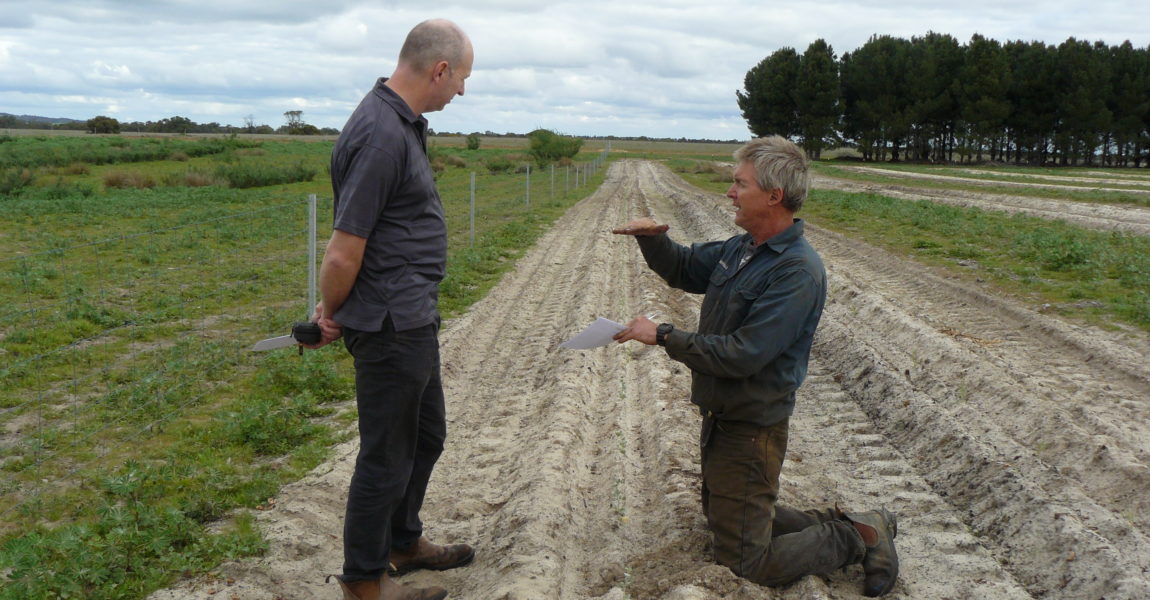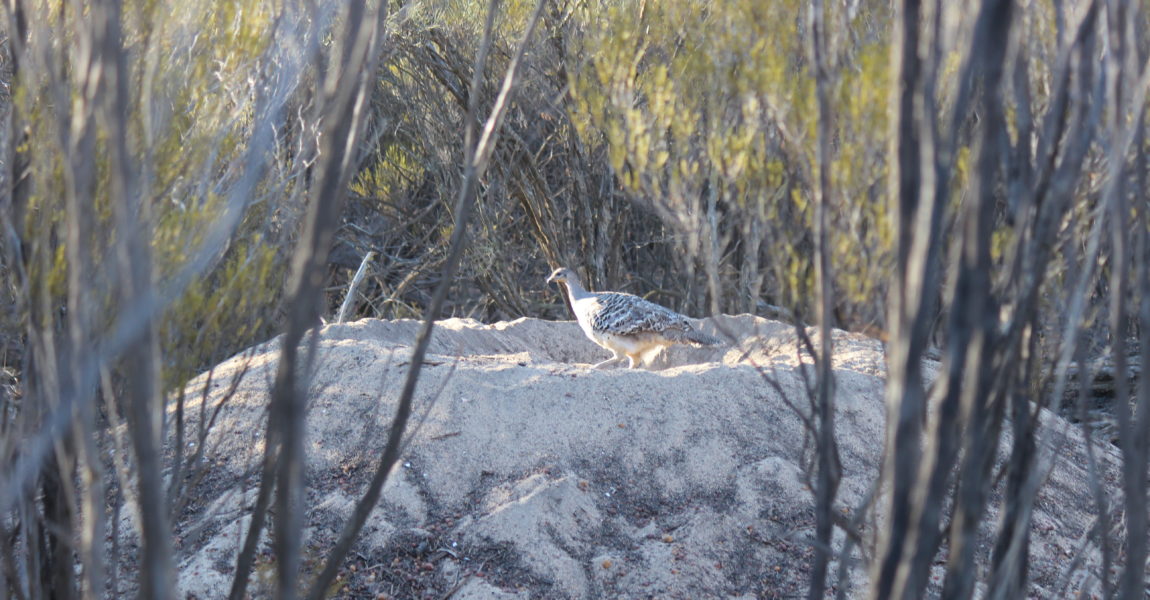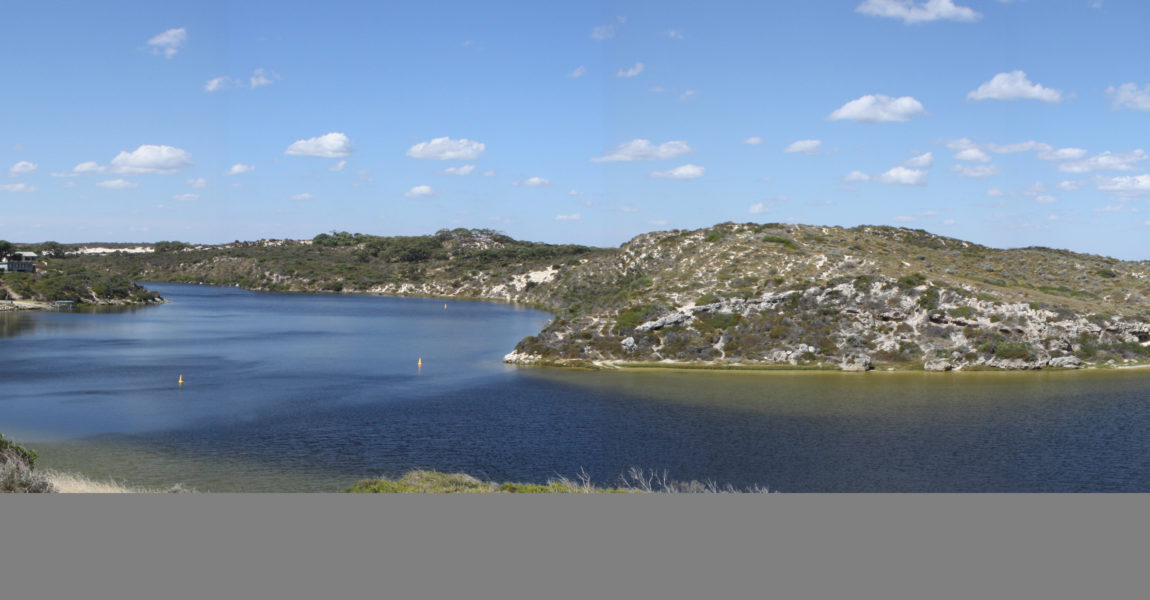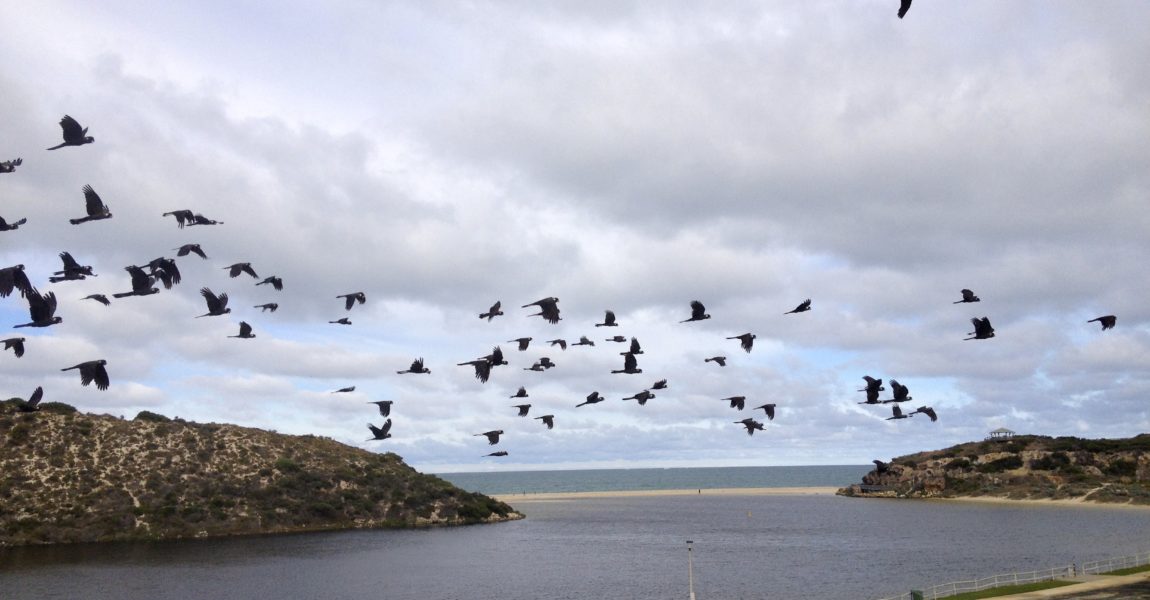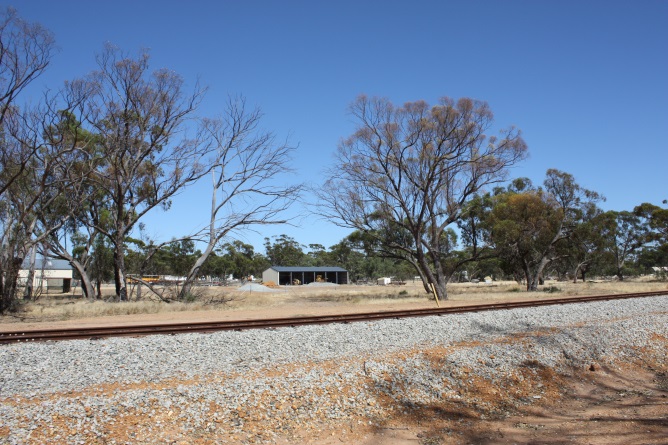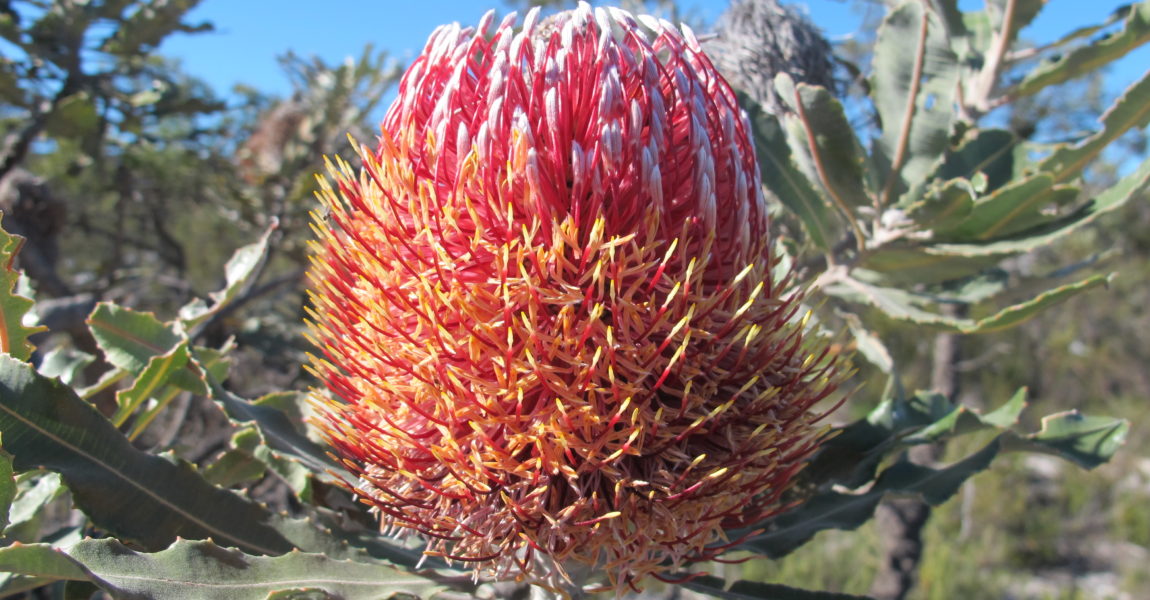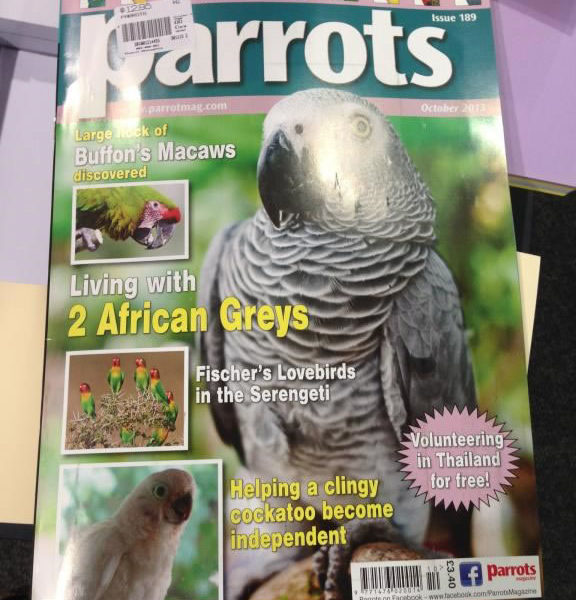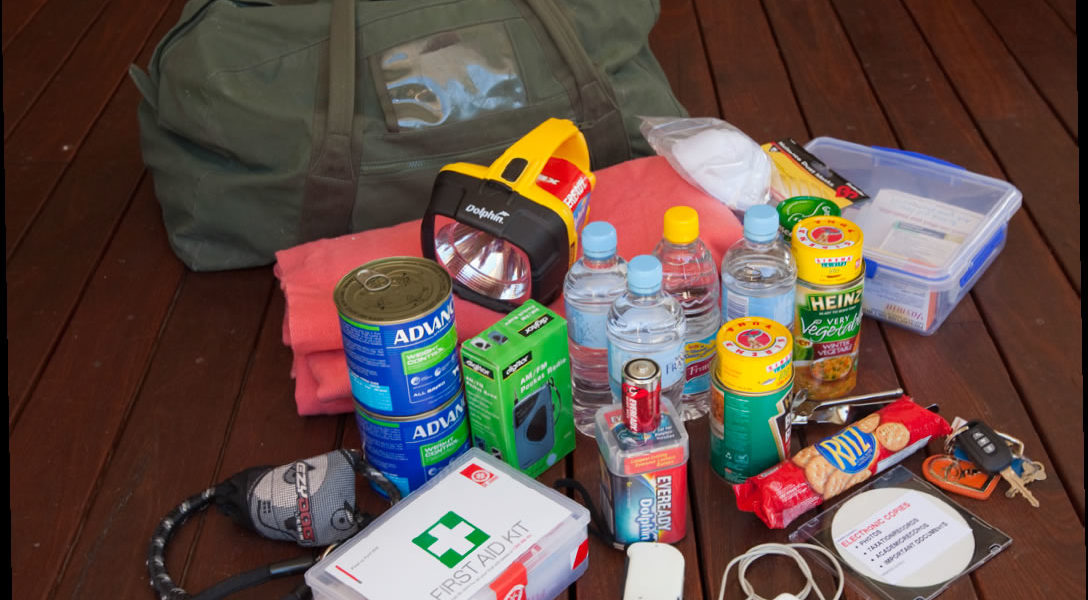Fabulous foral display at Candy’s Bush Reserve
This year has been blooming marvellous in Candy’s Bush Reserve ! The 8ha Salmon Gum and Wandoo woodland reserve located on the south east edge of Moora has put on a fabulous display of flora including carpets of daisies, thousands of orchids and even rarely seen plants that have made an appearance due to the good rains in autumn. Rachel Walmsley NRM Officer for Moore Catchment Council (MCC) said “It’s been magnificent this year, the orchid numbers are triple what they were in 2013 including the giant white spider orchid which have been huge. I’ve also located a potential Declared Rare Flora which only has known locations east of Geraldton.”


